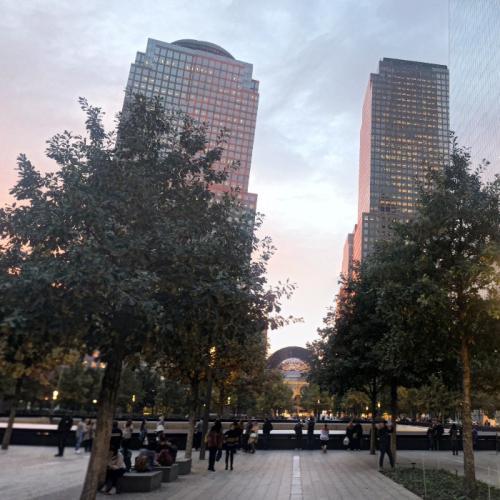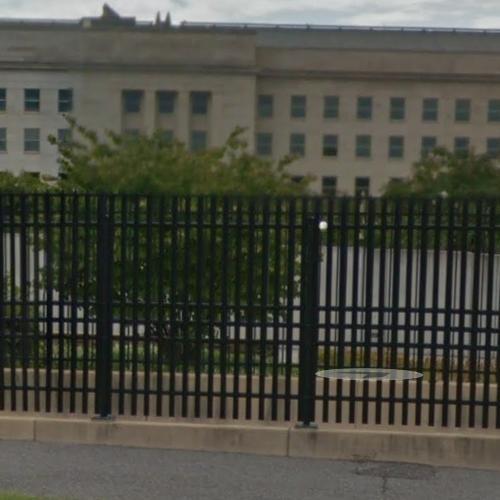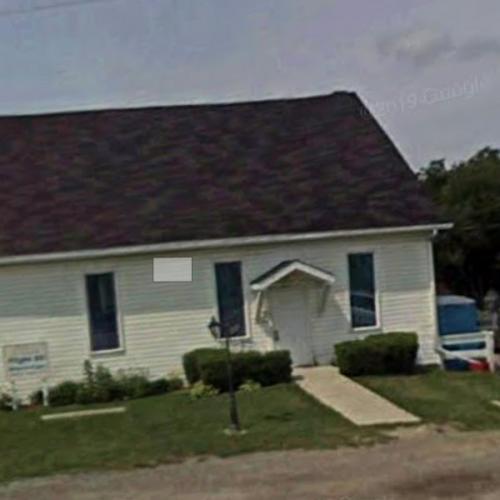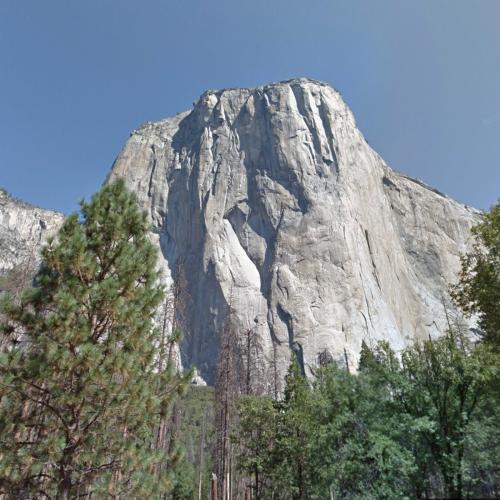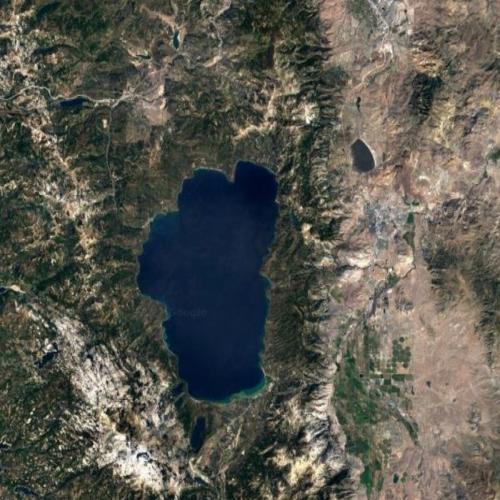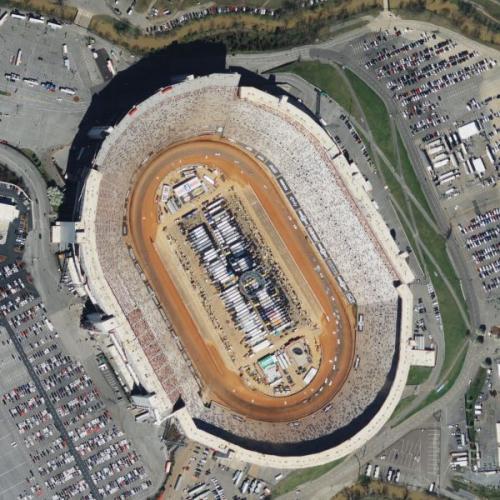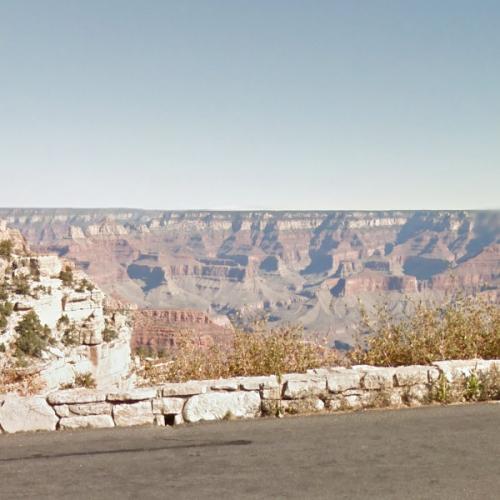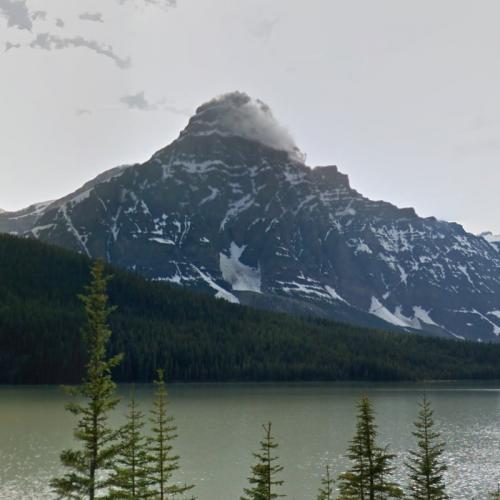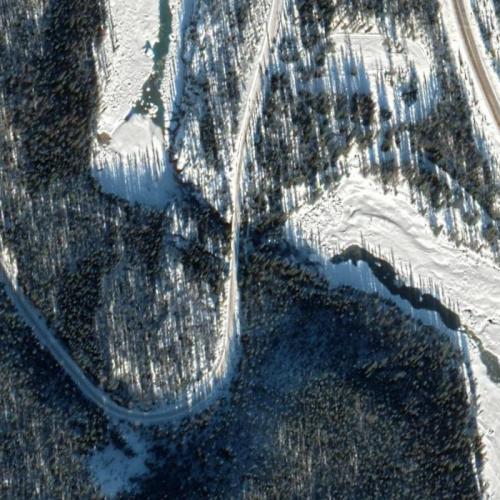On the morning of September 11, 2001, airplanes crashed into the World Trade Center, the Pentagon, and in a rural area in Pennsylvania.
Each year, it is important to look back and remember what happened and recommit ourselves to never forget; to honor those who died, those who have since fought to protect the United States and the world from terror, and those who live with the scars of that day and everything it impacted.
Twin Towers, New York City, NY
Since the late 1960s, the World Trade Center towers dominated the New York City skyline, a landmark for tourists and a destination for international commerce in the United States.
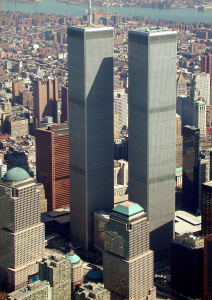
Photo Credit http://www.wikipedia.com
Early on the morning of Tuesday, September 11, 2001, terrorists hijacked two airplanes, Flight 11 and Flight 175, and crashed them into the North and South towers of the World Trade Center.
Damage to the buildings was so extensive that, roughly ninety minutes after the airplanes hit, the buildings collapse, and debris and fire caused all of the other buildings of the World Trade Center complex to completely or partially collapse.
The area of impact was reduced to a mass of rubble several blocks wide, and was the center of intensive search for survivors, remains and clues as to who was behind the attack and what caused the seemingly invincible skyscrapers to collapse.
This area was nicknamed “Ground Zero” and became a place of mourning, hope and renewal.
Many displays of tribute and respect were erected throughout the city. Several more permanent displays were created, including works of art honoring the fallen such as this mural by Yakov Smirnov.
Immediately after the attacks, New Yorkers vowed to rebuild and remember, refusing to be subdued by the terrorists.
Construction of One World Trade Center began in 2006, and was completed in 2014. It is the tallest building in the Western Hemisphere.
An important part of the reconstruction was a museum and memorial to remember those killed, the survivors, and the first responders.
The National September 11 Memorial and Museum opened partially in 2011 and was completed in 2014.
The design of the memorial includes a forest of white oak trees and two square reflecting pools with deep waterfalls on the footprint of the two fallen towers.
Names of the fallen are written on parapets surrounding the pools, with the victims of the North building and related airplane honored at the north pool and victims from the South building and airplane at the south pool.
Additionally, the six victims from the 1993 attack are commemorated at the south pool.
Here is a close up of some of the names of those who perished.
Pentagon, Arlington, VA
The Pentagon, the nation’s center for defense and military operations, is located just outside Washington, D.C. About 26,000 people, civilians, military, work at the Pentagon each day.
Shortly after the two planes crashed into the Twin Towers in New York City, another hijacked airplane, Flight 77, crashed into the Pentagon. Between the airplane and the Pentagon, 189 people were killed. The plane crashed through three of the five rings of the building before exploding. Fires burned for several days before being fully extinguished.
The nation’s defense team, headquartered at the Pentagon, refused to be swayed by the attack, and returned to work the very next day, in spite of the burning fires and chaos going on all around them.
An outdoor memorial to the fallen was constructed outside the Pentagon and opened on September 11, 2008. A wall on the perimeter of the memorial starts out at three inches high and goes to 71 inches, indicating the age span of those killed in the attack, from three years to 71 years old.
There are 184 illuminated benches, one for each victim. The name of a person is engraved on each bench, with the names of the airplane passengers facing upwards to the sky and the Pentagon employees facing north, toward the building.
There is also an illuminated flowing pool of water under each bench.
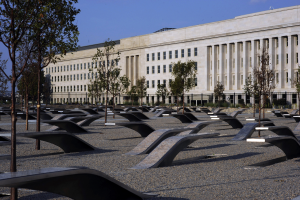
Photo Credit http://www.wikipedia.com
Shanksville, PA
The fourth and final airplane to crash that day went down in a rural area near Shanksville, PA.
Passengers and flight attendants on Flight 93 were able to place calls to loved ones, letting them know they had been hijacked, and were told that other planes had already crashed into sites in New York and Virginia.
Brave people on the plane stormed the cockpit, leading to the plane crashing in rural Virginia, rather than be used as a missile to hit an assumed target of the U.S. Capitol Building.
Had it reached its intended target, countless government leaders, employees and civilians would have been killed that day. It would have been a devastating blow to the American government and morale.
The site quickly became a memorial for those mourning the loss of their loved ones. A nearby abandoned chapel served as a place of solace and communion for those mourning their loved ones, and it eventually became a makeshift memorial.
Forty victims died that day in Pennsylvania, 39 from the airplane and one on the ground. The memorial commemorates the fallen with a circle in the field designed to resemble an embrace.
The memorial also includes a 93 foot “tower of voices” which holds 40 wind chimes, one for each victim.
Between the three sites, the victims on the airplanes and the first responders who were killed during the collapse of the Twin Towers, nearly 3,000 people died that day. Many more have died since then due to exposure to chemicals and dust in the cleanup efforts and from exposure to the dust and toxins from Ground Zero in Lower Manhattan.
It is important to bear witness to the events of that day; it is important that we will never forget.

